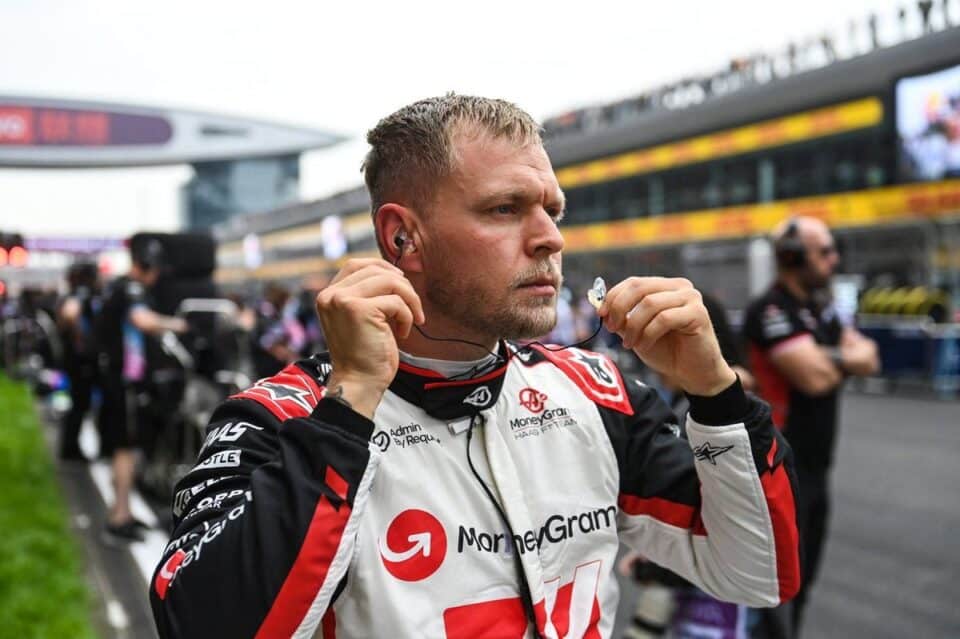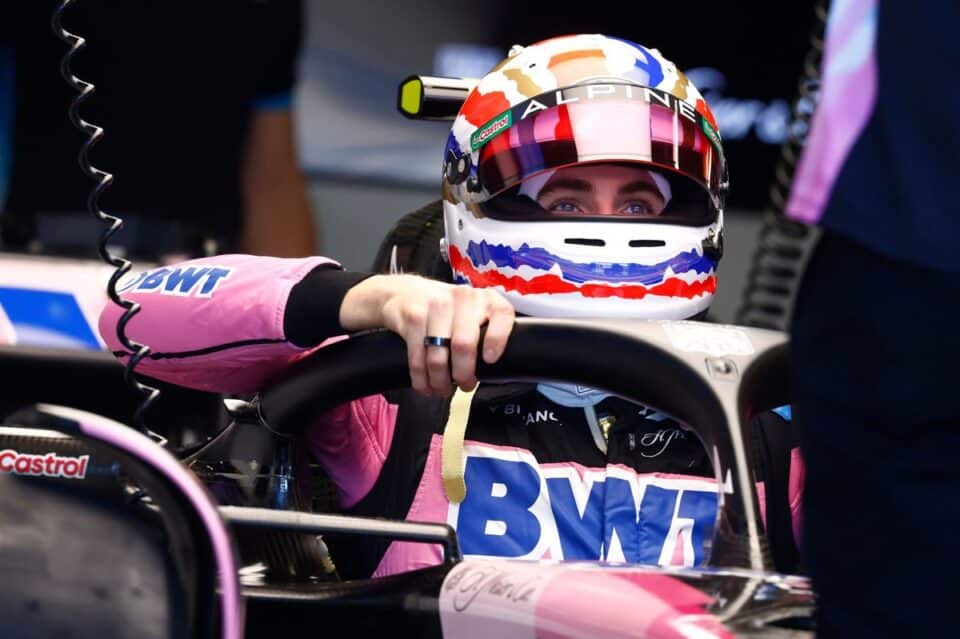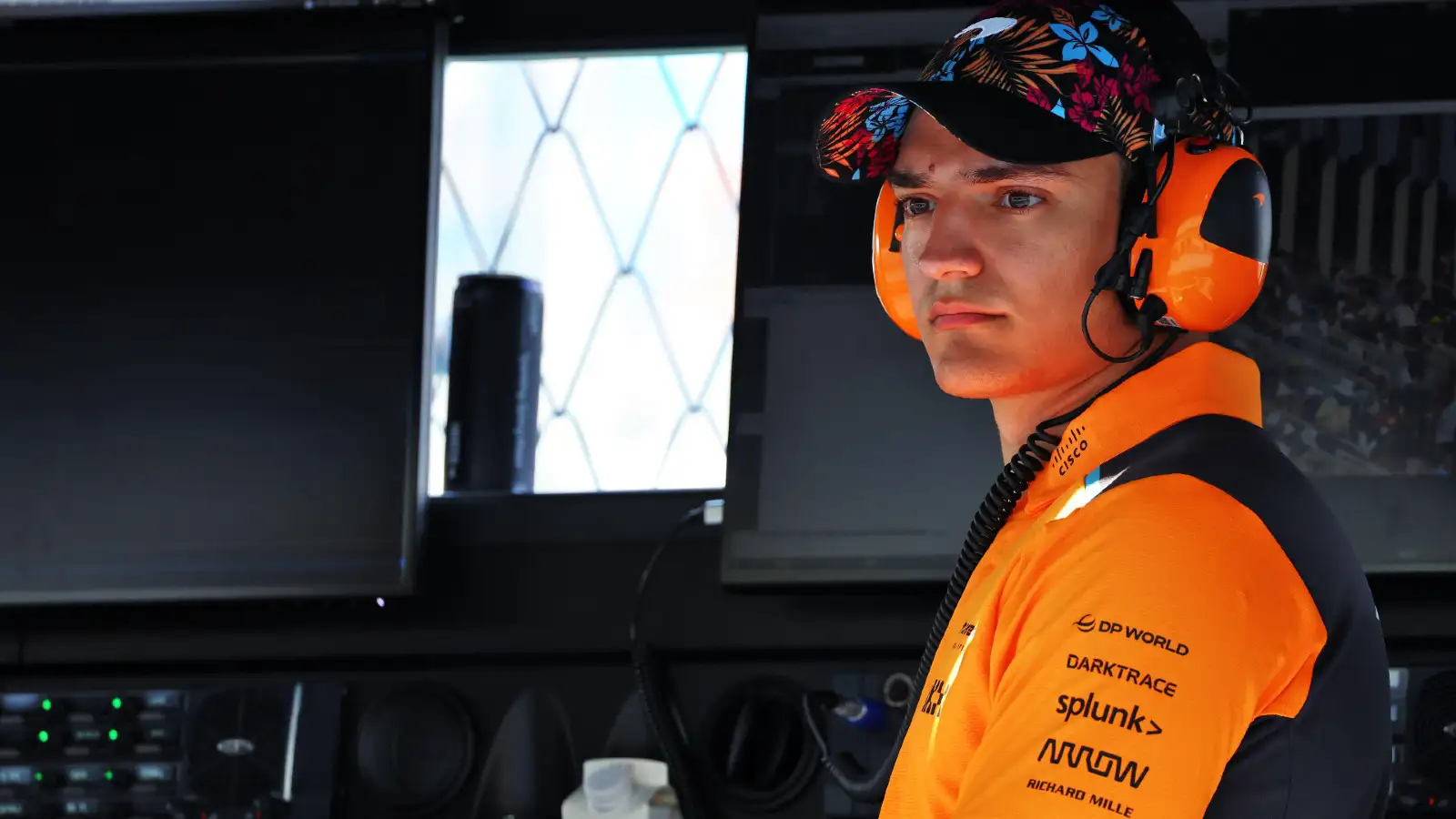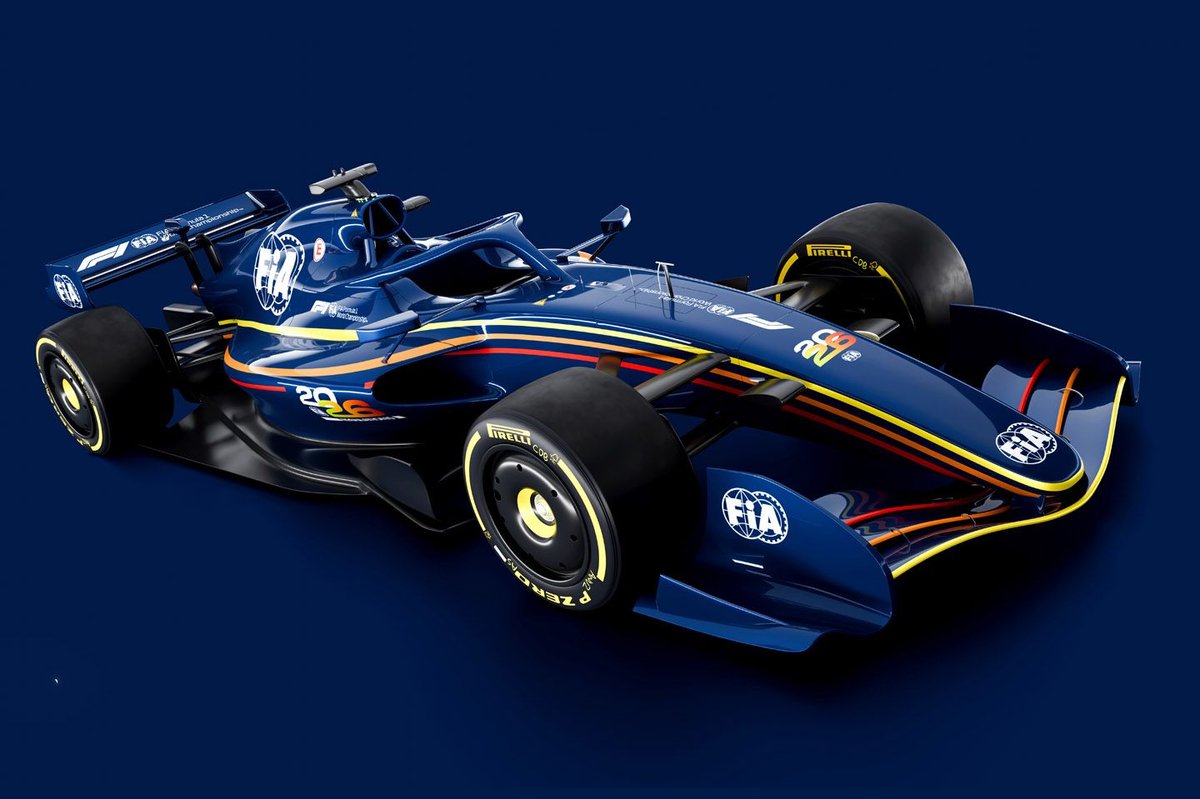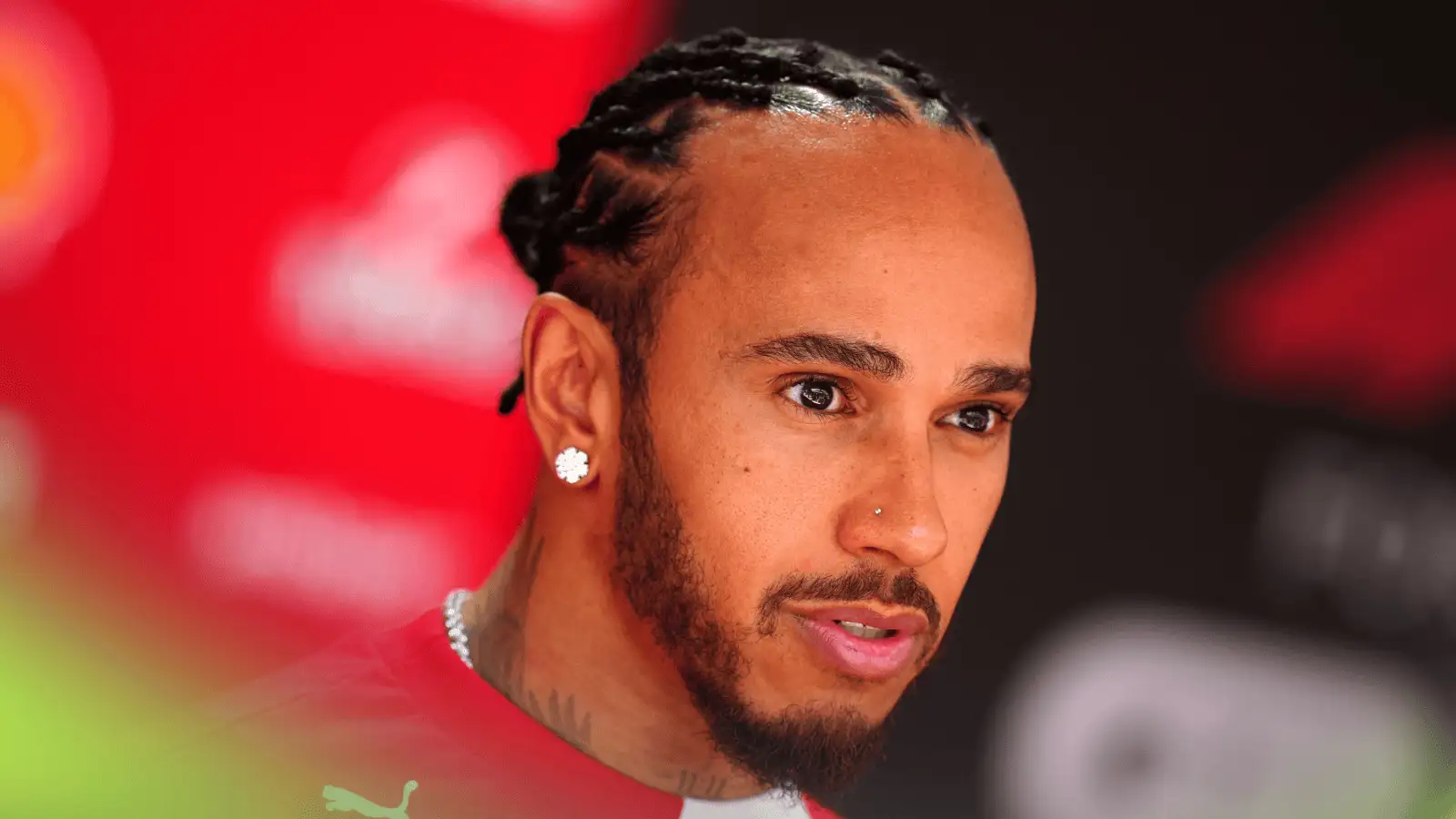In the high-octane world of Formula 1, strategy can make or break a race. Just ask Red Bull Racing, whose meticulous planning and technological acumen have enabled drivers Max Verstappen and Sergio Pérez to consistently outperform the competition. Let’s dive into how this powerhouse team creates the perfect strategy, as revealed by Will Courtenay, Red Bull’s Head of Race Strategy.
### From Jaguar to Red Bull
Will Courtenay’s journey with Red Bull Racing is nothing short of remarkable. Starting as a systems engineer at Jaguar Racing in 2004, he moved to the strategy department a year later when the team was rebranded as Red Bull Racing. ‘I joined the strategy group in 2005, doing strategy full-time on the pitwall from 2006 onwards,’ Courtenay recalls. By 2010, he had risen to head the strategy group.
### Rotating Roles for Strategic Depth
Red Bull deploys a rotating system for its strategists, which has significant advantages. Courtenay, along with principal strategy engineer Hannah Schmitz and senior strategy engineer Stephen Knowles, alternates between being on track and working from the factory in Milton Keynes. ‘It means that we all get a little bit more of a break, and it also gives us a bit more strength in depth because there’s three of us that can all do that role,’ says Courtenay.
Rigid processes ensure consistency. ‘We’re very careful about how we go about doing things,’ Courtenay emphasizes. After every event, they sit down to discuss what went right, what went wrong, and what could have been done better.
### Data-Driven Strategies
The week leading up to a race is all about data collection. Historic data from previous years and other events from the current season are analyzed. ‘We’ve got various models that we’ll use to try and correlate that data to what we expect is going to happen at this coming race,’ explains Courtenay.
Tyre performance is the primary factor influencing strategy. ‘That’s the thing that tends to determine the main strategies,’ Courtenay says. Other factors include overtaking possibilities and pitlane time loss. This information feeds into their models, leading to initial strategy simulations.
‘We use the Monte Carlo simulation technique with Oracle Cloud Infrastructure,’ says Courtenay. This allows Red Bull to run millions of random race simulations to identify strong and weak strategies.
### Real-Time Adjustments and Communication
During the race, the strategy team evaluates all potential scenarios. ‘Even if it’s what looks maybe quite an uninteresting race, there’s still a lot going on behind the scenes,’ Courtenay notes. The team constantly discusses what-ifs related to safety cars, sudden weather changes, or unexpected pitstops.
Team synergy is crucial. ‘We all work quite well together, not just within the strategy group, but also with race engineering, Christian [Horner], and everybody else that’s involved,’ Courtenay says. Clear and concise communication is vital for making informed decisions in high-pressure situations.
### Continuous Improvement
Red Bull is perpetually refining its strategy models and processes. ‘There’s always ongoing development. We’re never standing still, we’re always trying to move forwards,’ Courtenay remarks. This involves improving prediction models, making processes quicker and more efficient, and leveraging sophisticated software provided by Oracle Cloud Infrastructure.
### Taking Calculated Risks
Even when Red Bull is leading the race, they are not afraid to take calculated risks. A prime example is the double pitstop during the Chinese Grand Prix, where both Verstappen and Pérez pitted simultaneously. ‘We always try to get the most we can out of every possible weekend,’ Courtenay smiles. The team assesses the benefits and risks involved in each decision, ensuring that it’s worth the gamble.
### Driver Contributions
Having drivers like Verstappen and Pérez, who are skilled at managing tyres and thinking about strategy, makes a significant difference. ‘It’s very helpful having drivers that have very good bandwidth,’ Courtenay mentions. Verstappen’s strategic thinking was evident during the 2022 Hungarian Grand Prix, where he chose to start on soft tyres based on his assessment during the laps to the grid, a decision that proved to be crucial for his victory.
### The Role of Pit Crew
The consistency of Red Bull’s mechanics in delivering sub-two-second pitstops adds another layer of confidence. ‘Having the confidence in the pitcrew makes a huge difference,’ Courtenay admits. This reliability allows the strategists to make bold calls, knowing the pit crew will execute flawlessly.
### Looking Forward
As other teams close the performance gap, strategy will become even more crucial for Red Bull. ‘Strategy is going to become a real focus again going forwards,’ Courtenay acknowledges. With a motivated team, strong engineering, and excellent drivers, Red Bull is well-equipped to meet these challenges head-on.
Red Bull’s strategic prowess, bolstered by data-driven insights, continuous improvement, and strong teamwork, positions them as a formidable force in Formula 1. As the competition tightens, their calculated risks and quick adaptability will undoubtedly keep Verstappen and Pérez at the front of the grid.
Source: Motorsport

